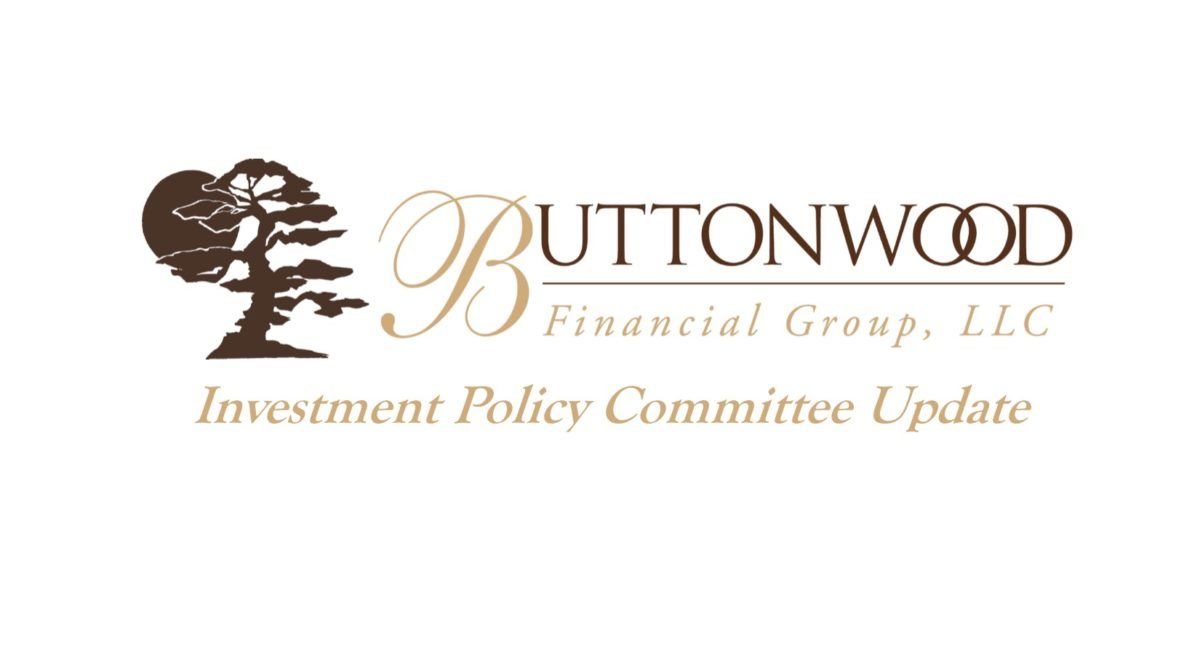Year End Tax Strategies
Near the end of each year we proactively review opportunities through the lens of a trial tax return. Our objective is to surface strategy for tax management of your financial life. Each family we work with has unique situations, however the discussion starts around looking at your income and which tax bracket you will fall into. Remember to review for both Federal and State rates.
The following list is a summary of some of the more common strategies we implement. As a disclaimer, please know the information contained is not tax advice and we strongly recommend taxpayers consult with their tax advisor when making tax and financial decisions.
Take advantage of opportunities:
- Fully fund IRA / Roth to IRS limits. If income is high, fund an IRA, report as a non-deductible contribution and backdoor Roth convert if possible
- If Self Employed, fully fund 401(k) ( $64,500 in 2021
for those age 50+)
- Include: 1) Employee Pretax, 2) Employer Profit Share and 3) Employee Post Tax
- Tax loss ‘harvest’ your investments to re-set your basis and remove future tax. Sell investments that may have declined in value and sell an equal amount of gains.
- Gift appreciated assets, or unwind Family Limited Partnerships with senior family members to allow for a possible ‘ step up in basis’
- Gift assets to take advantage of the large unified credit limits or just the $15,000 gift tax exclusion amount.
- Review your medical plan for an option that allows for a Health Savings Account (HSA). Funding and growing assets in a HSA can open the door for retirement before age 65 (when Medicare starts) by establishing a pool of tax free assets. You have until April 15 to make HSA contributions for the current tax year.
- If you are involved with an Irrevocable Trust, review distributing income out of the trust to the trust beneficiaries to reduce the tax rates from the ‘estate’ tax table to individual tax rates. This is commonly known as the 65 day rule.
- The SECURE Act reinstates the kiddie tax previously suspended by the Tax Cuts and Jobs Act (TCJA). For tax years beginning after December 31, 2019, the unearned income of a child is no longer taxed at the same rates as estates and trusts. Instead, it will be taxed at the parents’ tax rate. So if the kids paid taxes, elect to apply this provision retroactively to tax years that begin in 2018 or 2019 by filing an amended return.
- If you have a business or started a side gig in 2020:
- Even very small business can deduct ‘ business expenses ’ like home-office deduction, write-offs for mileage and materials and equipment.
- If you plan on hiring, review option in 2020 to take advantage of the Work Opportunity Tax Credit
- With 2020 as the last year for five-year carryback created by the CARES Act; if you have a business close to break even, create a loss by pushing receivables out to 2021, prepaying expenditures in 2020 and maximizing bonus depreciation. A taxpayer with an NOL from 2018, 2019 or 2020 taxable years can carry that loss back to each of the five preceding years unless they elect to waive the carryback. Use bonus depreciation to create a larger NOL. Unlike a Section 179 deduction, bonus depreciation will create a larger NOL.
- If you took a Payroll Protection Plan loan, review filing an extension. The IRS and Treasury both now agree expenses covered by PPP are not deductible. Congress says this is different than what was intended so the ruling may change.
Increase Income to fill up lower tax brackets:
- Withdraw from IRA assets, implement a Roth conversion today to remove assets from future taxation
- If Self Employed, bill in advance for services for next year. Offer a ‘prepayment’ discount / package
- Sell appreciated assets and recognize the gain. If there is a stock with a big gain you still want to own, simply sell and re-purchase the shares
Decrease income to drop to lower tax bracket and/or reduce tax ‘pain points’ ( e.g.: $250k income for MFJ triggers an additional Medicare (0.9%) and Net Investment income (3.8%) tax ):
- Increase retirement plan contributions. If cash flow doesn’t allow for full 401(k) plan contributions and there are non-retirement assets on the balance sheet, increase 401(k) by $1 and take $1 out of savings to live.
- Make a gift to charity. At the very least, give $300 to charity and receive a tax deduction – even if you don’t itemize. A larger gift in a high income year allows for the creation of a ‘lifetime giving account.’ Charity can be an actual non-profit organization or it can be your own ‘ donor advised fund ’ , ‘ charitable gift annuity’ or other option. If you have appreciated assets, remove the gain tax and gift these assets to the charity ‘in-kind’.
- Take advantage of Qualified Charitable Distributions (QCDs). If you are over age 70.5 you can directly gift up to $100,000 per year from your retirement accounts to charity using QCDs.
- If you’re on the itemize-or-not borderline, your year-end strategy should focus on timing expenses to include as many deductible expenses as possible. The goal is to surpass the standard-deduction amount and claim a larger write-off. If you itemize, lump medical expenses, charitable gifts, state income taxes, payments for long term care policies, etc. into a single year. Use this opportunity to gift things you are no longer using, receive a tax deduction , and allow others to enjoy them.
- If Self Employed, pay current year invoices as well as invoices for costs coming next year. Also, review delaying billing of clients until late December so you won’t receive payment until the next year.
- If kids, grandkids, extended family are in, or will be going, to school:
- Prepay tuition to take advantage of the American Opportunity Tax Credit, which you can take for students who are in their first four years of undergraduate study, is worth up to $2,500 for each qualifying student. Married couples filing jointly with modified adjusted joint income of up to $160,000 can claim the full credit; those with MAGI of up to $180,000 can claim a partial amount. Likewise, if you’re planning to take a class next year to boost your own career, consider prepaying the January bill before December 31 so you can claim the Lifetime Learning Credit on your 2020 tax return. The credit is worth up to 20% of your out-of-pocket costs for tuition, fees and books, up to a maximum of $2,000. It’s not limited to undergraduate expenses, and you don’t have to be a full-time student. Married couples filing jointly with MAGI of up to $118,000 can claim the full credit; those with MAGI of up to $138,000 can claim a partial credit.
- Fund 529 Plan for possible state tax deduction
- If someone is disabled, review ABLE If someone in your family has special needs, you can contribute up to $15,000 this year to an ABLE account, which allows people with qualifying disabilities to save money without jeopardizing government benefits (ABLE account beneficiaries can contribute more to their own account). You don’t have to invest in your own state’s plan, but if you are a resident of one of the states that do offer a tax break for ABLE accounts, you can deduct your contribution.
- If you are interested in alternative energy, a nonrefundable tax credit is available for qualified solar electric property, qualified solar water heating property, qualified fuel cell property, qualified small wind energy property, and geothermal heat pump property. Cooperative and condominium dwellers can claim the credit by splitting the cost of installing equipment with other unit owners. The credit is 26 percent of the cost of eligible property placed in service in 2020; and 22 percent of the cost of eligible property placed in service in 2021. There is also a $500 credit limit with respect to each 0.5 kilowatts of capacity of qualified fuel cell property expenditures for each tax year.
Prevent surprises:
- If income has changed materially throughout the year, review withholding tables to make sure there isn’t too little / too much being withheld
- Flexible spending accounts (FSA) are subject to a “use it or lose it” rule. Check to see if your employer has adopted a grace period permitted by the IRS, allowing employees to spend 2020 set-aside money as late as March 15, 2021. If not, you can do what employees have always done and make a last-minute trip to the drug store, dentist or optometrist to use up the funds in your account.
Buttonwood Financial Group serves as multigenerational Family CFO, working with you, as the CEO of your family to uncover and maximize opportunities for tax planning, investments, cash flows and more. Contact us today to learn how our Family CFO services can benefit you.
The post Year End Tax Strategies appeared first on Buttonwood Financial Group, LLC.
Recent Buttonwood Articles
Are you ready to explore the benefits of your very own Family CFO?







